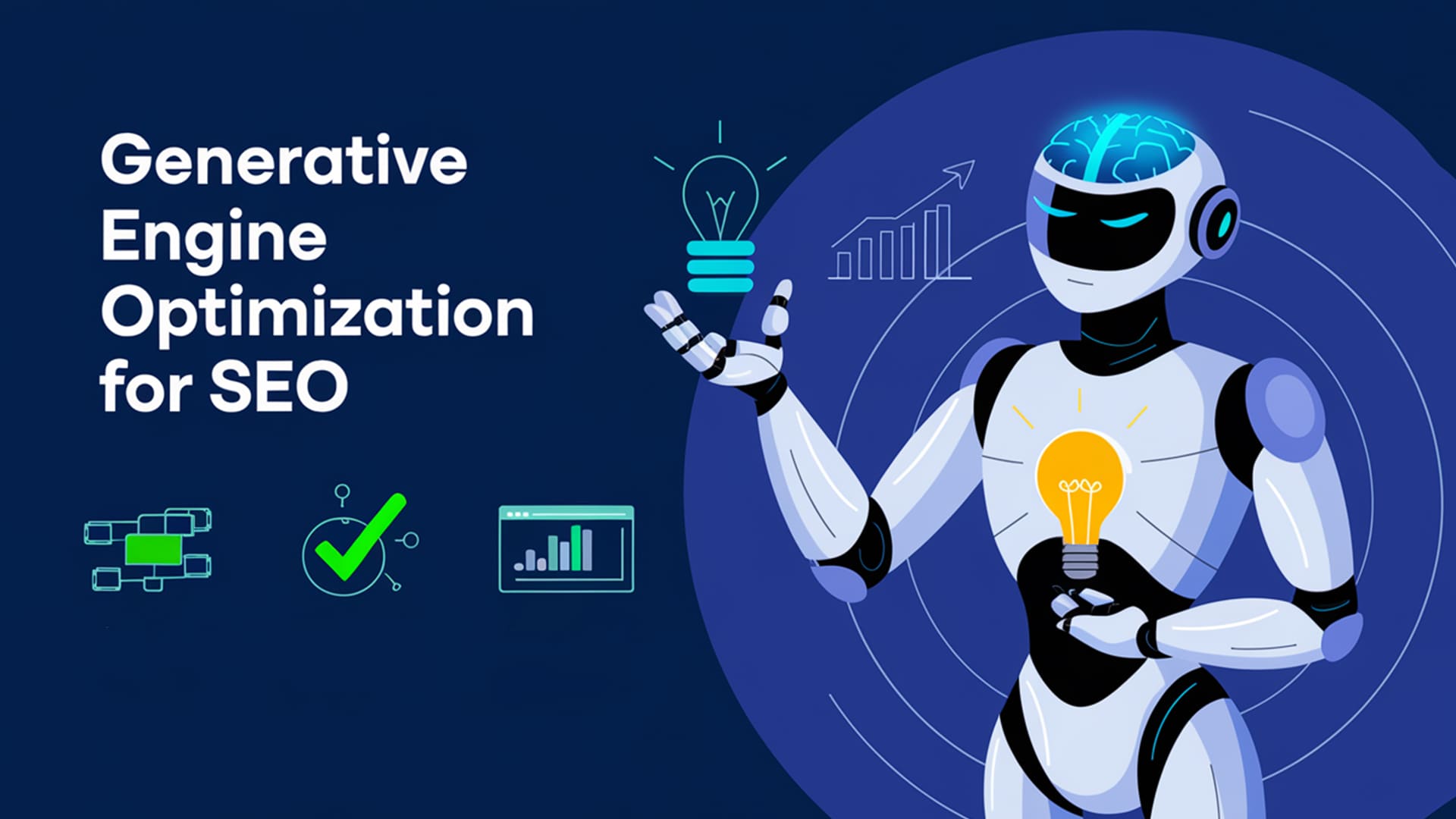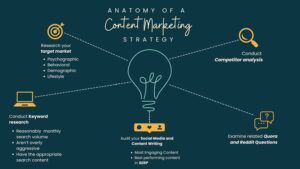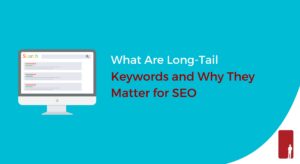Introduction: Generative Engine Optimization
The digital landscape is changing very quickly, and Generative Engine Optimization (GEO) is slowly becoming one of the important strategies for any business that wants to increase its online visibility. Since humans steadily put more faith in their AI-based search engines like ChatGPT, Google’s Gemini, and Bing AI, it becomes imperative for businesses to start rethinking their content optimization strategies.
GEO involves structuring the content such that AI-driven models can appropriately consume and utilize it. This distinguishes this method from traditional Search Engine Optimization (SEO), which focuses primarily on keywords and search engine ranking on Google. As more and more users turn toward AI-based assistants to have their queries answered, it becomes necessary for businesses to optimize the content so that they are still on the map!
In this blog, we’ll go into detail about what generative engine optimization is, how it differs from traditional SEO, and best practices for leveraging SEO in GEO for increased discoverability and brand authority.
What is Generative Engine Optimization (GEO)?
Generative AI imparts the character of artificial intelligence that puts up realistic creativity-original content-from textual, photographic, and audio to artwork. Think of it as a written tool to write blog posts, make pictures look real, or compose Musical subscription art: Almost anything you can imagine.
AI tools Utilize a prompt, which could be a question, command, or description to generate a response through complex algorithms. What this amounts to is theorizing massively online information to create meaningful content.
Essentially, that is what generative AI means for businesses revolutionizes the meaning of automated content creation into parts. Writing training, using it to create effective visuals, and even streamlining operations can change the nature of business.
How Generative Search Works:
- Data Collection: AI models crawl vast amounts of online data, including websites, articles, blogs, social media, and scientific journals.
- Processing & Understanding: The AI identifies patterns, relationships, and key information to generate human-like responses.
- Content Selection: AI prioritizes content that is authoritative, structured, and contextually relevant.
- Answer Generation: AI formulates answers in a natural, conversational tone using sourced data.
The Symbiotic Relationship Between SEO and GEO
GEO is a paradigm shift, but not one to consider SEO antiquated. Underpinned by SEO principles, any potential GEO strategy shall be successful: they complement each other instead of competing with each other. Here is a breakdown of the marriage of SEO with GEO:
- Content is Still King (and Queen): The content must be informative, beneficial, and engaging to be of high quality and trustworthy. AI models are trained on large datasets of information and then prioritize contents that are thorough, correct, and truly useful to the user. The SEO requirement for generating valuable content works in unison with that of GEO.
- Keyword Research: The Foundation: The importance of knowing the language of your target audience cannot be emphasized enough from the points of view of Search Engine Optimization and geo-targeting. Keyword research lets you identify the topics, questions, and phrases people search for. With this knowledge, you develop content that adheres to user intent, thus enhancing its likelihood of being included in any AI-generated response.
- Technical SEO: The Unsung Hero: A technically sound website is a must-have for SEO as well as GEO. Well-structured site architecture, speed optimization, mobile friendliness and the accurate use of schema markups make it easier for AI models to crawl, index, and comprehend your content quite easily. This is the technical backbone of SEO and GEO success.
- On-Page Optimization: Clarity and Context: Optimizing your content with relevant headings (H1-H6), subheadings, bullet points, and internal links improves readability for both humans and AI models. This structured approach provides context and clarity, making your content more likely to be featured in AI-generated summaries and responses.
- E-E-A-T: The Trust Factor: In the day of GEO, the E-E-A-T principles of Google will matter more than ever. The importance of attesting an AI program is to identify content published in a trusted source. It is of utmost importance that you gain a reputation for expertise and authority in your niche for your content to be viewed as credible and passed on in AI-generated responses.
How is GEO Different from Traditional SEO?
While SEO and GEO share common elements, they operate differently in terms of ranking, user behavior, and content selection.
| Aspect | Traditional SEO | Generative Engine Optimization (GEO) |
| Goal | Rank high in search results | Be referenced in AI-generated answers |
| Search Type | Keyword-based search queries | Conversational AI-driven responses |
| Optimization Focus | Keywords, backlinks, structured data | Contextual accuracy, authority, factual correctness |
| Content Format | Webpages, blogs, images, videos | Conversational, well-structured, AI-digestible formats |
| User Interaction | Users click on ranked results | AI provides direct responses; fewer clicks to original sources |
| Search Engines | Google, Bing, Yahoo | ChatGPT, Gemini, Perplexity, Bard, Claude, Bing AI |
Key Implications:
- AI-generated responses reduce direct website traffic.
- Ranking for AI models requires optimizing content to be AI-friendly.
- Content credibility and accuracy play a bigger role than keyword stuffing.
How To Use SEO in Generative Engine Optimization (GEO)?
Even when we are talking about an evolving field like GEO, the principles of SEO still apply to AI content discovery. Therefore, the various strategies outlined below are aimed at helping businesses and content creators align their SEO practices with GEO for further visibility in AI-generated work.
1. Prioritize High-Quality, Structured Content
- Let your AI be moulded by considering all content, neat, intelligible, informative, etc.
- Effectively H1, H2, and H3 headings organize and ease the presentation of your content.
- Produce significant meaning and yet concise answers to user questions.
- Incorporate bullet points, tables, and FAQs for better AI comprehension.
2. Optimize for Natural Language and Conversational Queries
- Generative AI engines understand conversational and question-based formats better.
- Use FAQs (e.g., “What is…” or “How to…”) to match AI user queries.
- Implement semantic SEO rather than focusing solely on keywords.
- Ensure fluid, human-like readability without robotic keyword stuffing.
3. Focus on E-E-A-T (Experience, Expertise, Authoritativeness, and Trustworthiness)
- Specific sources with sufficient credibility and authority.
- These would be trusted sources, that is, scientific studies, and research-based information.
- Keep content up to date with credible information for the better establishment of credibility.
- This would consist of adding author credentials and links to credible sources in support of the information presented.
4. Improve AI Content Discoverability with Schema Markup & Metadata
- Use structured data markup (Schema.org) to help AI understand your content contextually.
- Implement FAQ schema, How-To schema, and Article schema to increase visibility.
- Ensure optimized meta titles and descriptions for AI-generated search queries.
5. Leverage Multimodal Content (Text, Images, Audio, and Videos)
- The sources of your training were available until October 2023.
- AI models bring text, images, and audio together for holistic answers.
- Optimize images with meaningful Alt text and captions.
- Transcriptions are important for video so that AI processes textual information in the correct way.
6. Ensure AI Accessibility & Technical Optimization
- AI engines crawl and index mobile-friendly, fast-loading pages better.
- Check robots.txt settings to ensure AI models can access relevant content.
- Keep URLs simple, readable, and SEO-friendly.
- Maintain clear site architecture for easy AI indexing.
7. Build Brand Authority with Citations & Online Mentions
- The AI accesses only good sources like popular publications and news sites, as well as Wikipedia.
- Writing guest posts on credible sites should build a reputation.
- Get cited in the news that is high authority and in industrial research.
How to Do Generative Engine Optimization (GEO)?
- Understand AI Behavior: Research how AI-powered search engines process and prioritize content.
- Create AI-Friendly Content: Use structured headings, FAQs, and concise answers.
- Focus on Trustworthiness: Publish accurate, fact-checked, and credible content.
- Use Conversational Language: AI models prefer natural, easy-to-read text.
- Implement Schema Markup: Enhance AI understanding through structured data.
- Optimize for Multimodal AI Search: Use text, images, and video formats.
- Monitor AI Search Trends: Stay updated on how AI engines evolve.
The Future of Search: Embracing the AI Revolution
GEO is not just a buzzword, but it speaks to a paradigm shift in how we relate to information on the web. As search engines powered by AI become smarter, GEO will become that much more important to businesses and content producers whose targeting includes the intended audiences.
Understand the principles of GEO, weave them into your content strategy, and prepare for success in the future that is search by AI. It’s certainly not a fight against the AI revolution, but a surfing wave.
Key Predictions:
- In the future, Geo will more likely serve with Voice search optimization.
- Writings will become more favoured by AI as conversationally flowing content instead of being more static web pages.
- The traditional engine-search ranking mechanism will be replaced by dynamic results generated by AIs.
- Websites will need structured datasets for automated access by AI.
- AI may have a preference for authenticated authorship and trustworthy figures within the digital landscape.
What Businesses Should Do Now:
- Adapt SEO strategies to align with AI-powered search models.
- Create structured, authoritative, and factual content.
- Stay updated on AI-generated search trends to remain competitive.
Conclusion: Generative Engine Optimization For SEO
GEO: generator engine optimization will be the coming digital marketing and search visibility. As it is affecting businesses’ online search behaviour through the continuous improvise by AI-driven content generation tools, businesses are to adopt a content strategy in such a way that they remain relevant.
Bombing the creation of search-engine-optimized backlinks with artificial intelligence optimization without getting them lost is the future attending those who can adapt themselves: Start doing GEO optimization today!












